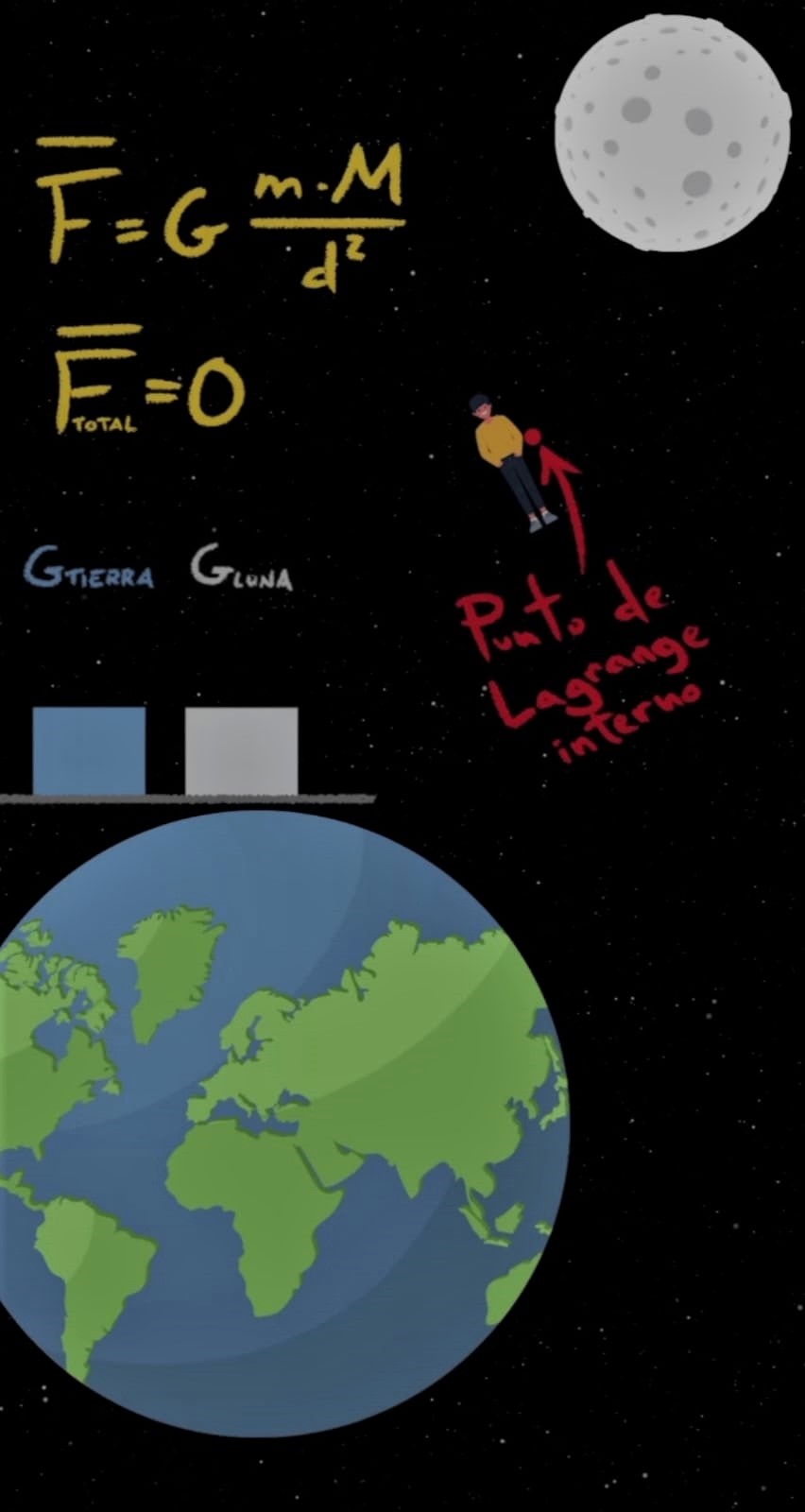Lagrange points
Lagrange Points are positions in space where the gravitational forces of a two body system like the Sun and the Earth produce enhanced regions of attraction and repulsion. These can be used by spacecraft to reduce fuel consumption needed to remain in position.
In fact, James Webb is a Space Telescope set to launch in a Lagrange Point. It will capture cosmic dawn and bring alien worlds into view.
How can a black hole be seen if it is a black object on a black background?
The answer is: Because you can see it gobbling up an entire star!
Let's see an example. You are sitting there tied to the Earth, because you are gravitationally attracted to it. But it is not just the Earth: you're also attracted to the Moon, and the stars in the sky. In fact, all the bodies in the sky are attracting you and competing to see which one attracts you the most. This produces something very curious that we are going to see with the following example.


Look at Orion. He is on Earth because the Earth is pulling him very strongly. But if he takes a trip to the Moon, something very curious happens to him. As he gets closer to the Moon, the pull of the Earth falls, because it is further away. Therefore, the Moon's attraction increases. So there is a point at which the two forces are exactly equal, they cancel each other out. In other words, it does not fall towards either body, it is at rest. This is known as the internal Lagrange point. A very curious point: if you move a little bit towards either side, you start to fall towards that body.
Now let's construct a very curious system: a star orbiting a black hole. In this case, the black hole is so massive that the internal Lagrange point is inside the star. That means that there are parts of the star that are more attracted to the black hole than to the star itself. So it has no choice but to fall in. This matter, as it swirls around the black hole, heats up and emits X-ray energy.